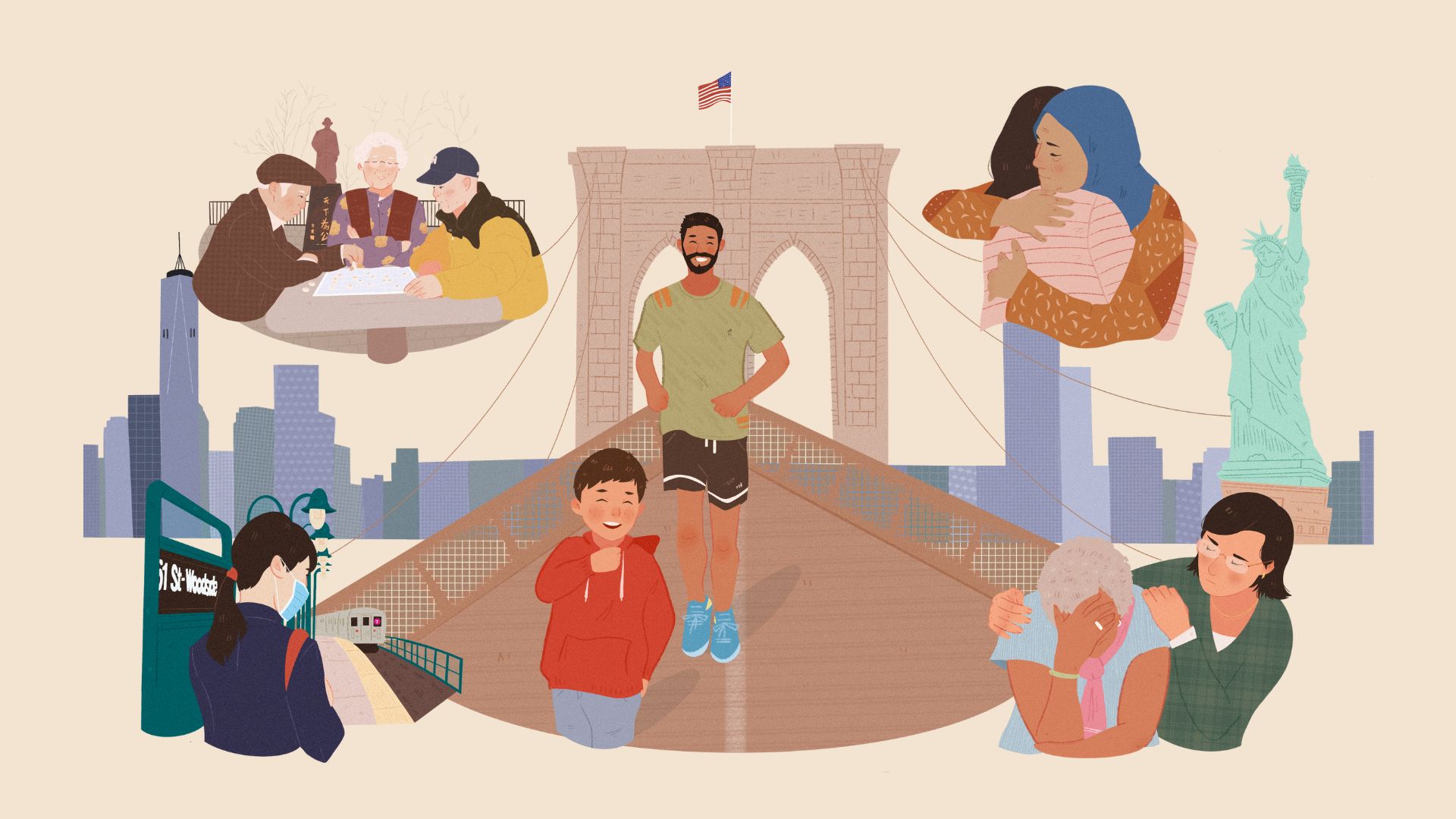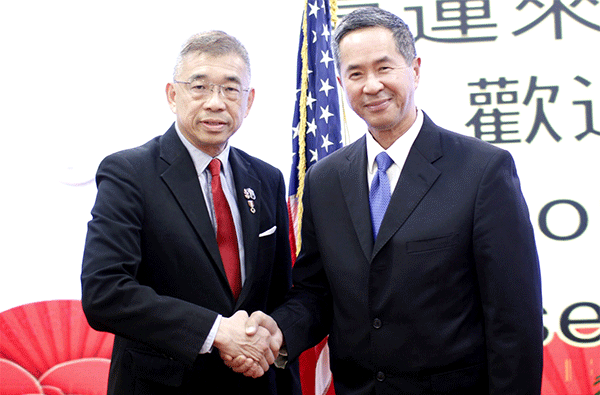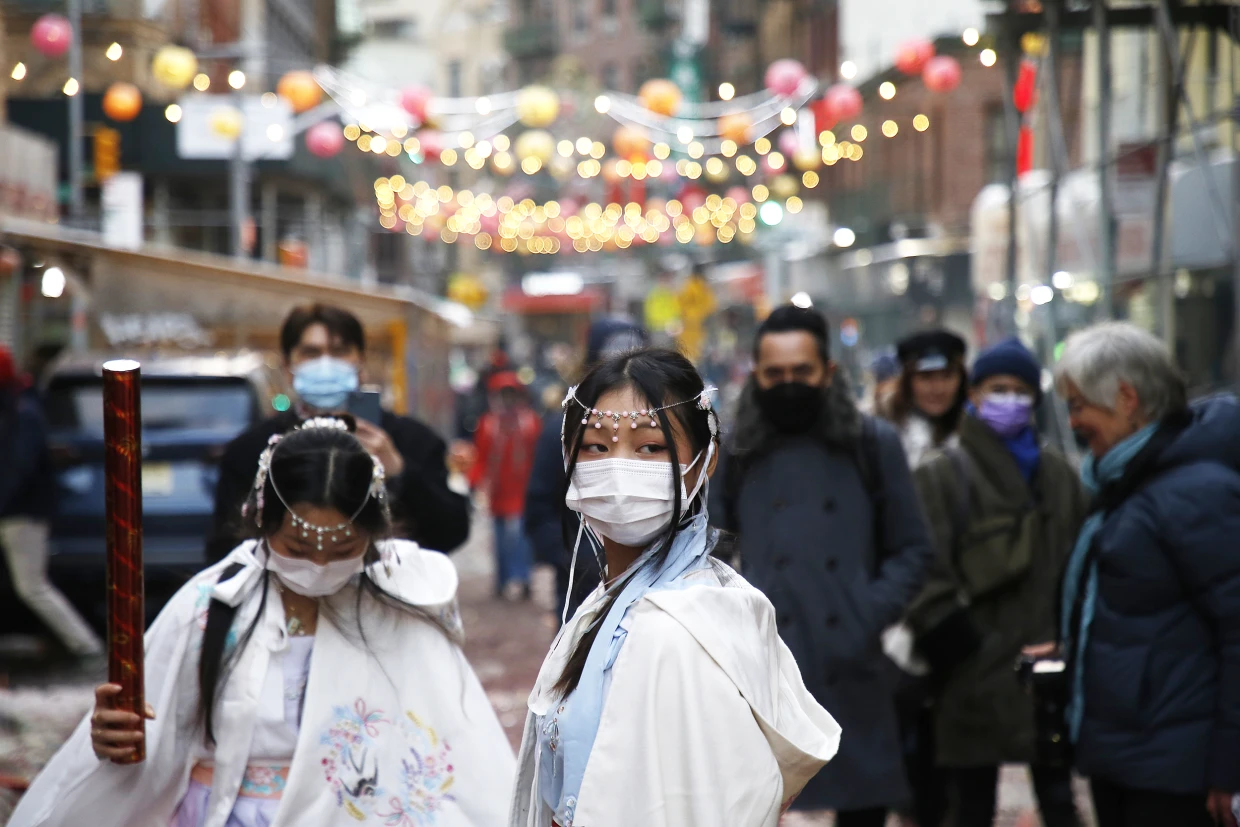Asian American Federation
Data Center
This Data Center aims to bridge critical information gaps and provide a first-of-its-kind platform for in-depth analysis on the Asian American community.
Select a region to explore:
Best viewed on screens with higher resolutions
Asian New Yorker Data Highlights
-
New York City Population & People
1,525,851
Asian American Population
-
New York City Civic Engagement
735,778
Total Voting Age Citizens
-
New York City Immigration & Citizenship
65.3%
Foreign Born
FEATURED REPORT
Seeking Help, Finding Hope
In the wake of ongoing racism, violence, and discrimination, Asian New Yorkers are experiencing a mental health crisis. But Asian Americans are often overlooked in the mental health care system, making it difficult to understand the challenges we face in seeking care and how to address them. AAF’s latest report delves into the mental health needs of Asian New Yorkers and concrete solutions to overcoming barriers to care.
Read More




